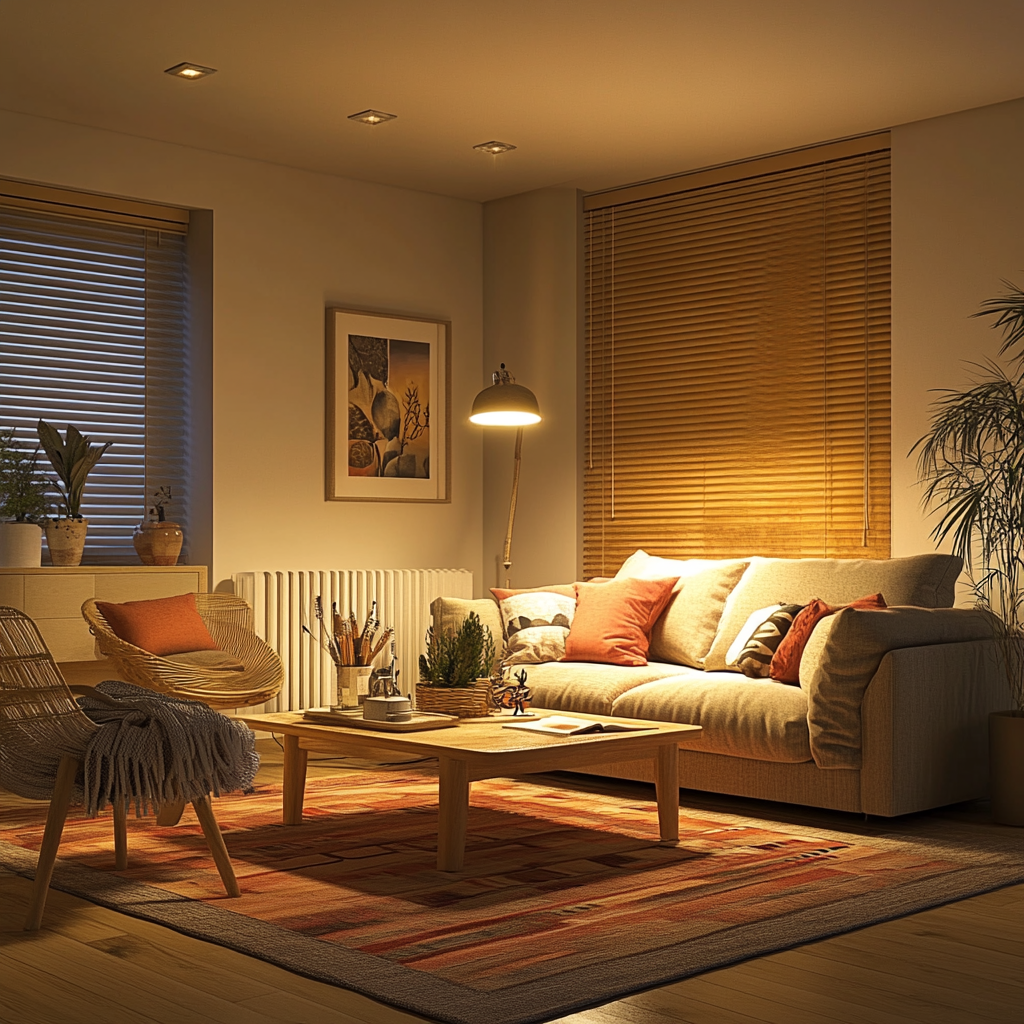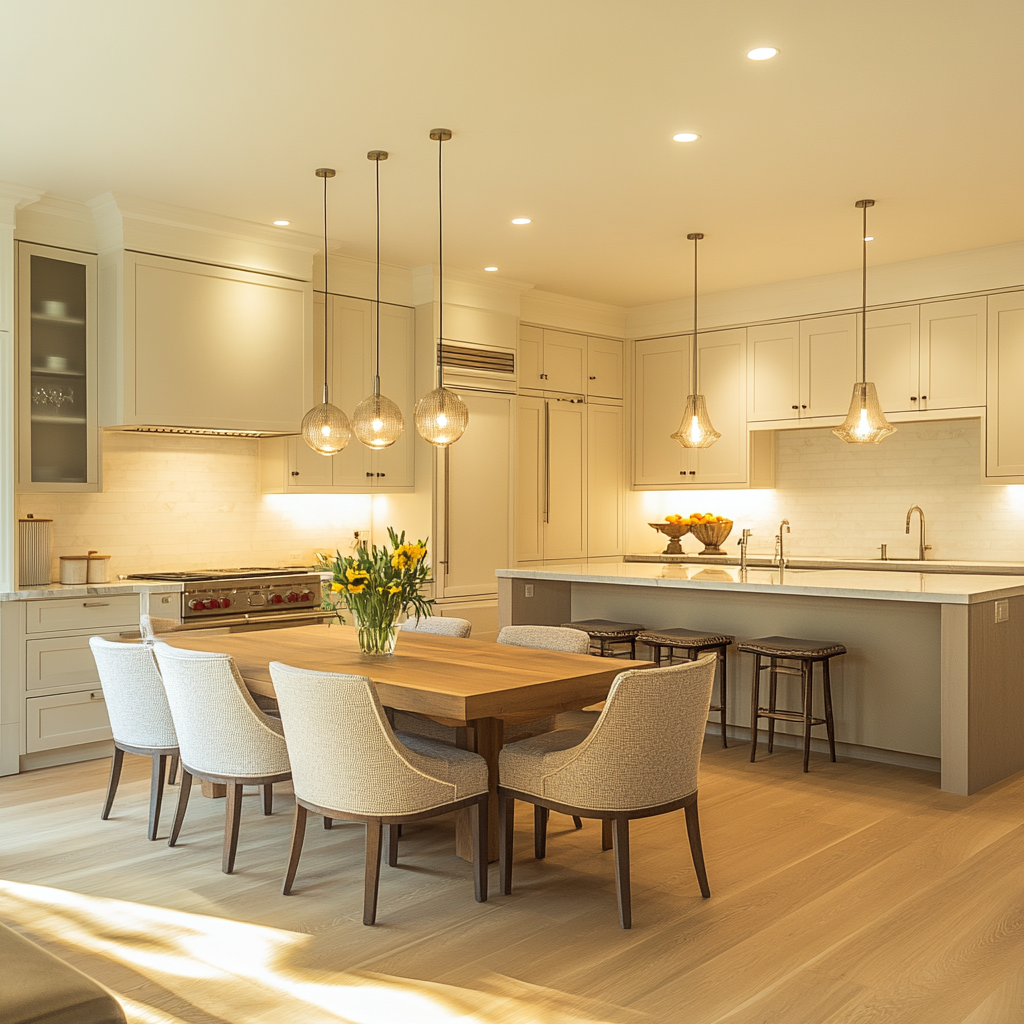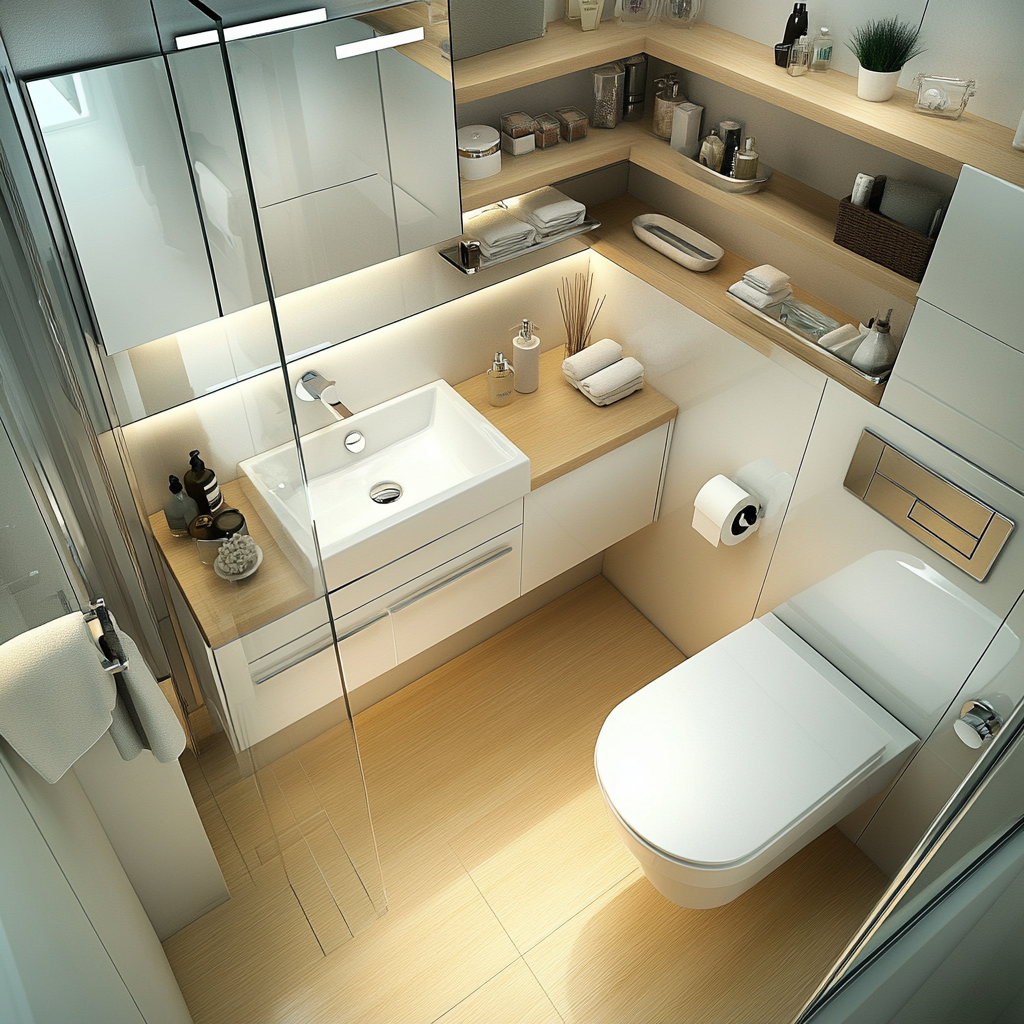
Tips for upgrading home lighting can completely transform your space, making it more stylish, functional, and welcoming. It can completely transform the look and feel of a space. Good lighting does more than brighten your home—it transforms the ambiance and improves functionality in every room. It can create a cozy, welcoming vibe or a bright, energetic feel, depending on your needs. Upgrading your lighting doesn’t just enhance your home’s look; it can also cut down on energy bills. Modern lighting options, like LED bulbs and energy-efficient fixtures, offer better performance while saving money. Whether you’re replacing old fixtures, switching to LEDs, or adding accent lighting, you can elevate your space without breaking the bank. This guide will help you upgrade your lighting effectively and affordably, bringing out the best in your home.
Observe Your Current Lighting
Spend some time examining the lighting in your house to determine which section lights actually need to be changed before you begin any upgrades. Examine each room separately to identify any places where the lighting is too intense, too dim, or simply inappropriate for the environment. Look for places that are too dark or bright as well. Remember that you may make the required changes to completely revamp your home in places like closets, hallways, and entryways.
Now that the entire house has been inspected, it’s time to ascertain the precise lighting requirements for every room. This can be separated into three primary categories:
Ambient lighting, such as chandeliers or ceiling lights, is the primary source of light that illuminates the entire space. These lights, such as desk lamps or under-cabinet lights, concentrate on certain spaces for tasks like working, reading, or cooking.
Accent lighting: Decorative lighting, such LED strips or wall sconces, that draws attention to particular elements or evokes a particular feeling.
Lastly, prioritize your lighting upgrades by creating a budget. Increase the amount of money allocated to high-impact spaces like the living room, kitchen, or home office. For other areas, think about less expensive solutions like installing new lighting or changing out old bulbs. You may methodically enhance the lighting in your house and make it more aesthetically pleasing and useful with a well-thought-out design.
Budget-Friendly Lighting Upgrades
You don’t have to spend a lot of money to improve your home’s lighting. With a few strategic updates, you can create a stylish and well-lit space without straining your wallet.
Switch to Energy-Efficient Bulbs
Switching to LED bulbs is one of the simplest and most cost-effective ways to improve your home’s lighting. They use up to 75% less energy than traditional incandescent bulbs and last much longer, cutting down on electricity bills and replacement costs. Here’s how to choose the right LED lighting for different spaces:
- Warm light: Great for living rooms and bedrooms, adding a cozy and relaxing vibe.
- Cool light: Perfect for kitchens, bathrooms, or workspaces where bright, focused lighting is important.
LEDs aren’t just budget-friendly—they’re also environmentally friendly, offering better lighting quality while reducing your carbon footprint.

To increase versatility, add dimmers.
Dimmers are a fantastic way to control the atmosphere of a room. They allow you to adjust the brightness to suit your needs, whether you’re hosting a dinner party or relaxing with a book. Dimmers also help you save energy by reducing the amount of electricity used.
Installing a dimmer switch is a simple DIY project. Make sure your bulbs are compatible with dimmers, and follow the manufacturer’s instructions. This small upgrade can add a lot of style and functionality to your home without breaking the bank.

Use Plug-in or Battery-Powered Lighting
Portable lighting alternatives provide flexibility for people on a restricted budget or who are renting. String lights provide a cozy, joyous ambiance and are reasonably priced and adaptable. LED puck lights are ideal for modest accents or under-cabinet illumination. Stick-on LED strips may give closets, bookcases, and even the space beneath TVs a contemporary look. These alternatives may be moved around as required, are simple to install, and don’t require any wiring.
Upgrade Lampshades and Fixtures
You don’t have to replace old fixtures to give your space a new look. Simply swapping out worn lampshades for modern ones or giving your fixtures a fresh coat of paint, like metallic or matte black, can instantly transform your space. For budget-friendly options, consider checking thrift stores, flea markets, or online marketplaces. A small investment in fixtures can significantly enhance your lighting setup.

Incorporate Natural Light
One of the best upgrades for your house is to properly utilize the natural light. Don’t underestimate the power of natural light, it can enhance your house’s overall look and save on your electricity bills. For this you can use sheer curtains to let in more daylight while it also maintains privacy. Strategically placed mirrors can reflect natural light deeper into your space. These low-cost solutions can significantly reduce your reliance on artificial lighting and it will also improve your health condition.

Long-Term Savings Maintenance Advice
By doing proper maintenance of your lighting system, you can save you money on electricity bills and extend the life of your fixtures. It also ensures your home is well-lit and safe. Here are some practical tips:
Clean Fixtures Regularly
Due to our polluted air dust and dirt can build up on your lights over time, which makes them less bright. To keep your lights shining, regularly wipe down bulbs, lampshades, and fixtures with a soft, damp cloth. Also you can clean glass which covers the lights, with a gentle glass cleaner to improve illumination.

Replace Old Wiring
Outdated or damaged wiring can be inefficient and dangerous. Periodically check the wiring of older fixtures for signs of wear or fraying. If you notice any kind of flickering in your lights or inconsistent power, then its time to consult an electrician to replace the wiring.
Inspect for Damage
Small issues with your lighting can turn into bigger, more expensive problems if ignored. That’s why while you are doing maintenance look for signs of damage, such as cracked bulbs, loose fixtures, or rust on metal parts, because it will cost you more in future or it can compromise your safety.






